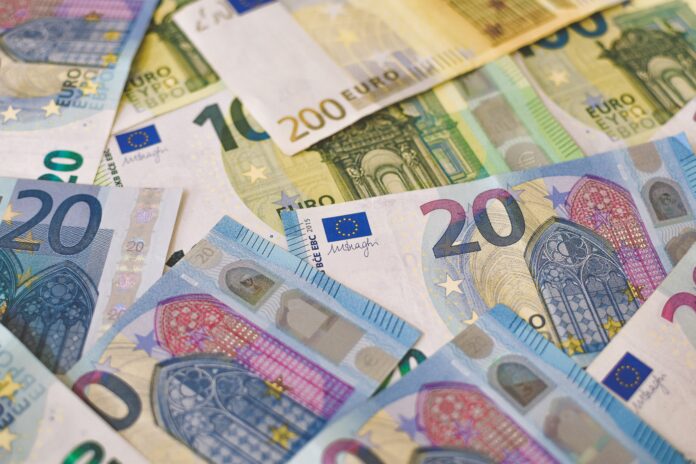In the heart of Berlin, on the 25th of August, a portrait of Germany’s economic landscape emerged, painted with a brushstroke of stagnation during the second quarter, an echo from the preceding three months. The once-promised rebound from a chilling winter recession remained elusive, entrenching Germany’s position as a notable player in the global economy, though among the weakest in terms of vigor.
The canvas of economic data displayed a bold stroke of zero growth for the second quarter, harmonizing seamlessly with the initial estimate released in the waning days of July. However, when gazing through the lens of a year’s passage, the stage was set for a different story—adjusted Gross Domestic Product (GDP) bore the weight of a 0.2% contraction within the realm of the second quarter.
Parsing the quarterly progression, a narrative of decline unfolded. Economic activity, akin to a protagonist facing successive trials, witnessed a tumble of 0.4% in the closing act of 2022. This was followed by a more modest decline of 0.1% in the inaugural quarter of 2023. With two consecutive contractions, the script adhered to the technical blueprint of a recession—an economic phenomenon marked by consecutive quarters of negative growth.
In this tale of numbers, the voice of Carsten Brzeski, the global head of macro at ING, echoed through the corridors of analysis. “Both the immediate and the distant prospects for Germany,” he opined, “appear to be bathed in shades far from the brilliance of optimism.” The narrative he wove painted a portrait of vulnerabilities—frail purchasing power, emaciated industrial order books, the dulled momentum of the Chinese economic engine, and the resounding echoes of a monetary policy tightened to levels not heard in decades. All these threads of context converged to forecast a tapestry of feeble economic activity awaiting Germany on its horizon.
Further exploration of the data exposed intriguing facets of the economy. Household consumption, mirroring the steadiness of a metronome, stood still during the second quarter, refusing to bow to growth. On the governmental front, a more tempered dance was observed, with government spending rising modestly by 0.1%. The realm of capital investment offered a glimpse of upward motion, albeit subtle, while the export narrative unfolded in a somber note, tallying a fall of 1.1%, as unveiled by the data of that particular Friday.
Yet, there were analysts who dared to project beyond the current frame. Pantheon Macroeconomics, not shying away from the realm of prediction, cast forward a storyline. Their prophecy: GDP, like a protagonist weathering storms, would experience a contraction of 0.2% in the third quarter. However, a twist was forecasted for the final chapter of the year—a spirited rebound of 0.4% quarter on quarter, promising a momentary reprieve. Still, such a trajectory would script a year-on-year decline of 0.2% for German GDP throughout the entirety of 2023. Melanie Debono, senior Europe economist at Pantheon Macroeconomics, juxtaposed Germany against the backdrop of its peers, foretelling that it would likely assume the role of the weakest performer among the “big four” eurozone economies.
The Bundesbank, an esteemed commentator in this narrative, contributed its insights through a monthly report unveiled on Monday. Within its pages, an anticipation was woven—a resilient labor market, fortified by wage increments and tempered inflation, held the potential to bestow vitality upon private consumption. However, the shadows of externalities loomed over the tapestry; industrial production, languishing due to the shackles of lethargic foreign demand, would likely remain enfeebled in the chapters to come.
And so, in the mosaic of economic insights and forecasts, Germany’s saga continued—a tale painted with shades of struggle, the brushstrokes of contraction, and the hues of anticipation as it navigated the currents of global economics.



